|
* * *
* * * * * *
Early
American Used
Edged Arms.
The French
& Indian Wars, American Revolution, War of 1812 & the
early American Westward Movement had many styles of edged arms.
Many of the found original edged weapons of the American forces
are referred to as "put-togethers", ones assembled
from parts of a discarded or broken hangars. The blades in many
examples where made up by local blacksmiths turning the original
hangar into a sword. Usually the scabbard and brass mounts are a
cut above the work of the blacksmith, but they were available
and did the job.
You'll find
such names as:
-
The
Officer Sword: Officers on both sides wore it during the
F& I War, Revolutionary War and the War of 1812.
-
Hunting
Sword: This sword appeared in France about 1657.
It was used to dispatch wounded game. The military,
attracted by its interesting style. Adopted on both sides
found in the F&I War, the Revolutionary War and as late
as the War of 1812.
-
British
Hanger: This was an issued sidearm of the dreaded
British Grenadier adopted the American forces in the F&I
War and the Revolutionary War.
-
Musician's
Sword: Carried by British fifers and drummers, but
little knowledge of their use by American musicians.
-
Dragoon
Sabre: Used by the Light Dragoons circa 1773. Grip were
black hardwood, the hilt and heavy leather and the scabbard
mounts are steel.
The
only reason I mentioned the these terms is to inform you that
when looking at these weapons in your museum, arms show or a
private collection your are aware of what is stated on signs or
by another viewing these wonderful historical pieces.

*
* * * * * * * *
American
Fur Trade Edged Arms.
Some of these
edged weapons from the Wars mentioned made their way into the
American Fur Trade as well as the beginning of the Westward
Movement. Some of these pieces found you will recognized parts
of an earlier period modified in shape for a special use or
purpose. This later period in our history saw many such changes
not only in the equipment being used but also found from the
clothing to cookware. Shown here are a few examples of some of
the edged arms that we have had and sold over the years.
|

The purpose of
rendezvous was to trade beaver pelts for goods that
were needed in the mountains by both the trappers and
the local natives.
Blankets, guns,
knives, powder and lead, knives, kettles and pots,
cloth, food and spices, whiskey and such items were
brought out to trade.

Highly inflated
prices known as "mountain prices". Markups
as high as 1000% were common. The real money in the
fur trade was in the supply business. Many items were
brought out specifically for trade with the Indians.
It was normal for there to be more Native People at
rendezvous than trappers. Beads, brass rings and
bracelets, vermillion, bells, ribbons, and cloth were
highly sought after by the Indian women.
Rendezvous were
normally held in early July, and may last from days to
several weeks. One of the few times that the mountain
men didn't work. The men eagerly awaited for news from
the states, visited with friends, discussed affairs of
the mountains, drank, played, fought and generally had
a good time.
Next to their
rifle was always a knife, used for skinning, a tools,
a weapon and friend. Most carried several with them
and usually had a cache of several more, used for
trade or replacements.
|
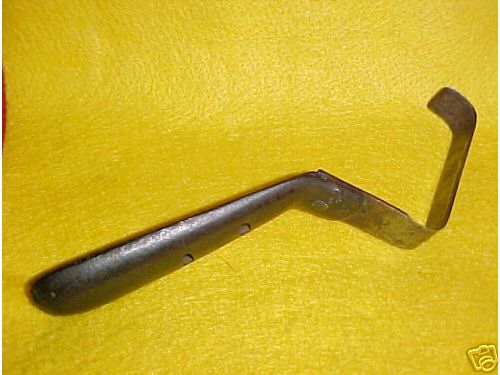

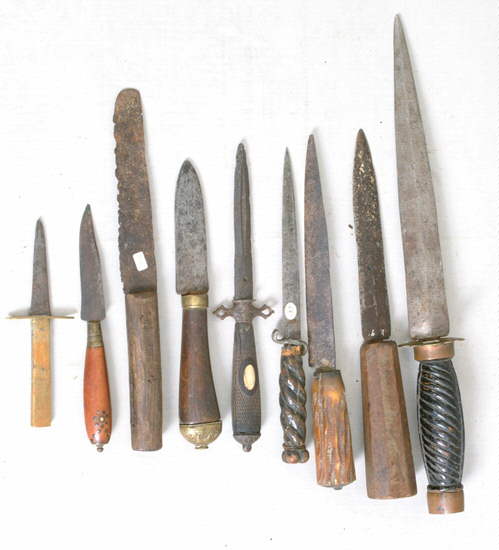
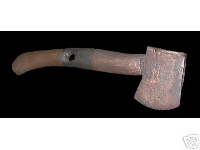
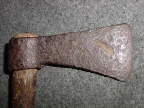
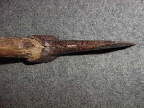
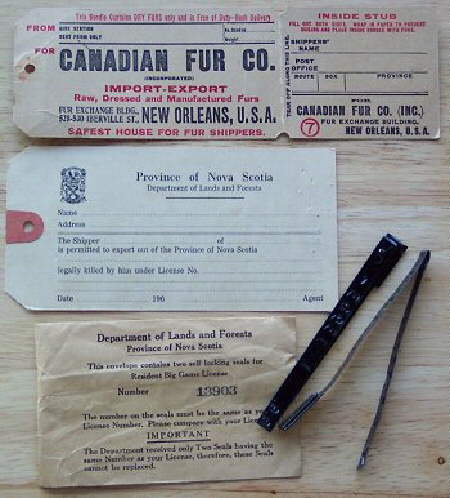

|
* *
* * * * * * *
Early
American Used
Small Arms.
Here's a
few of the more desirable arms (NRA excellent to fine condition)
collected & sold.


French
& Indian Wars and the American Revolution.
|
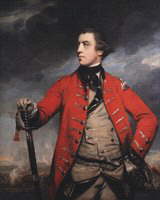
British
and French manufactured small arms, most are similar
in shape, weight and design of working parts (will
very from one maker to the other).
Small
arms such as these were usually carried my officers.
Many times the pistols were personal purchases
and not issued weapons.
-
"Good
arms are better than money in the bank"
per my father. Shown are just a few that we have
sold, they were all in NRA very good to excellent
condition. The majority were purchased before 1930
at pennies on today's dollar. An example of this
is; the *
third
pistol down was purchased for $1.20 in 1928 and
sold in 2002 for $2,575.00 - pennies to dollars
right.
|


*




|
War of
1812 Small Arms.
|


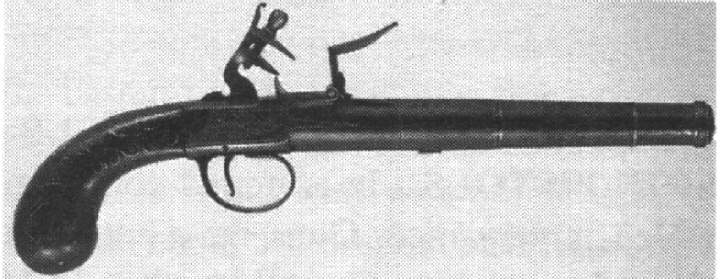

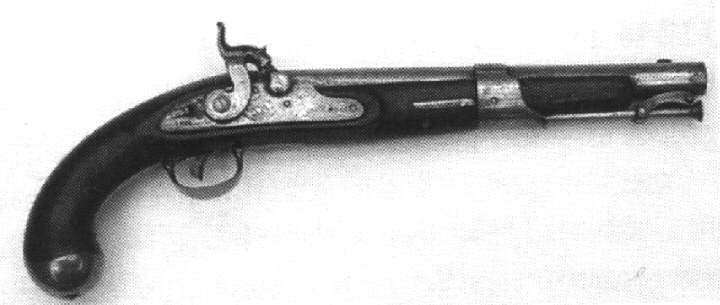
These
are only a few of this period arm shown that we have
sold, records show there was a combination of
weapons used in this war. |

One
issue precipitating the War of 1812 was the British
disregard of American shipping rights. British ships
frequently stopped American ships, confiscated their
cargo, and impressed (captured) crew members,
claiming they were deserters from Britainís Royal
Navy.
A
need for small arms such as these shown were usually
carried my officers as well as enlisted men. Many
times the pistols were personal purchases and not
issued weapons.
Shown
are just a few that we have sold within the last few
years, they were all in NRA very good to excellent
condition.
Dating
can be a real problem for what was used from the
American Revolution to this period, as weapons were
weapons and crossed over between the periods.
|
American
Fur Trade Small Arms.
These pistols
came from the different wars as mentioned as well as from the
European market just like the long arms of the time. We all know
many of our forefather refused to change from flintlock to the
new percussion system, they could always find flint and caps
where not always available.
|
Pistols
were common with the Mountain Man as a close in, last
effort at survival. Commonly carried on the saddle in
"pommel holsters", these pistols provided
extra comfort in a tight spot. Mountain Man Osborne
Russell describes holding off a determined attack by
the Blackfeet with his "horse pistol".
Available in both flintlock and percussion ignition
systems, these pistols were widely found in the
American fur trade.
When
found it is always a questions as to the period a
pistol would fit, as for the fur trade there is a
larger window than most would think because of supply
and demand. If a arm used in the Revolutionary War,
War of 1812 still functioned there was a good chance
it may find its way with a trader to the next
rendezvous.
|
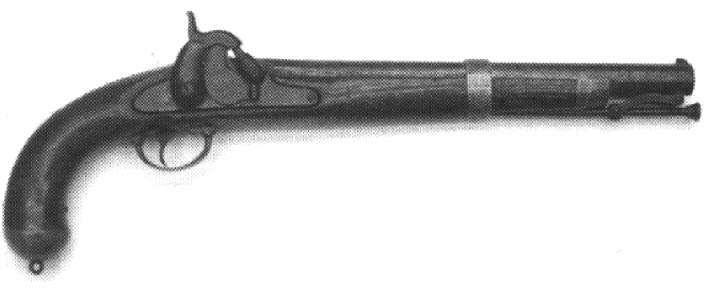



|
* * *
* * * * * *
Early
American Long Arms.
Here's a
few of the more desirable arms (NRA excellent to fine condition)
collected & sold.
French
& Indian War and American Revolution Long Arms.
|
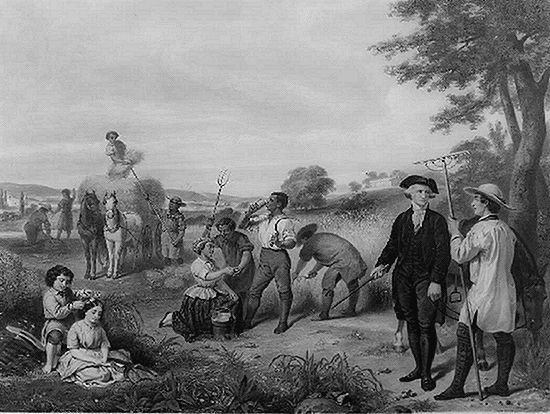
British
as well as American manufactured long arms are similar
in shape, weight and design of working parts (will
very from from maker to the other).
Long
arms such as these varied in manufacturer for the
Colonies, standardization had not reached the New
World as it had in the European Armies.
Shown
are just a few that we have sold within the last few
years, they were all in NRA very good to excellent
condition. The majority were purchased before 1930 at
pennies on today's dollar. An example of this
statement is; the third pistol down was purchased for
$1.20 in 1928 and sold in 2002 for $1575.00 - pennies
to dollars right.
|
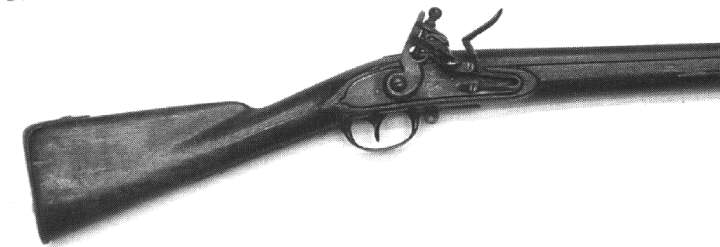

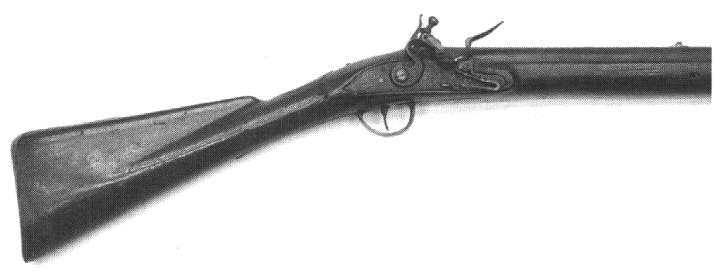


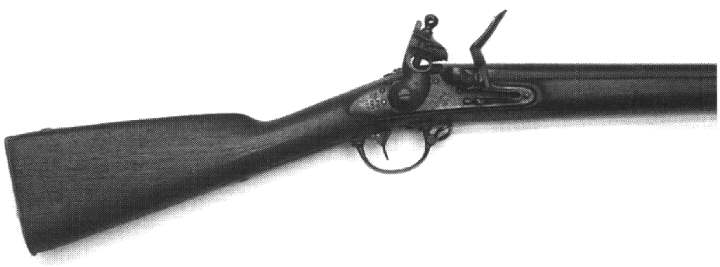
|
War of
1812 Long Arms.
|

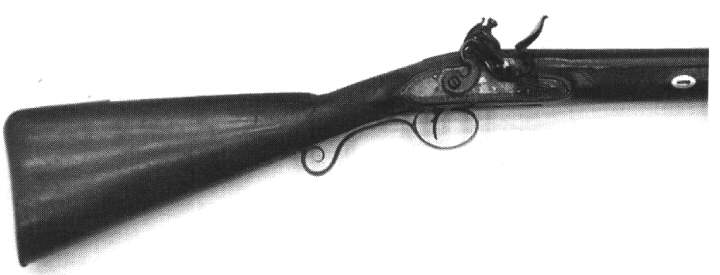


|
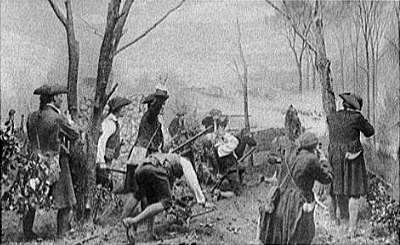
One
issue precipitating the War of 1812 was the British
disregard of American's rights for freedom. British
troops frequently stopped Americans, confiscated their
personal items, removing their live stock or burning
their farms and houses.
Shown
are just a few of a large number that we did have,
these were the more common looking of the variety
available. Several dozen of this period weapon was
sold within the last few years, they were all in NRA
very good to excellent condition.
Dating
can be a real problem for the period, as we have found
they crossed over between the periods.
|
American
Fur Trade Long Arms.
|
Rifles
were common with the Mountain Man and according to
Charles E. Hanson, Jr. the military musket was used
more than most realize. When a man had finished his
enlistment he was issued his arm and remaining salary
(which was enough to buy a few supplies), the only
chance for a better life in many cases was go west
into the American fur trade. Mr. Hanson
thoughts were you took what you had at the time, your
issued musket.
When
found it is always a questions as to the period of a
pistol or rifle and it would fit, the fur trade,
remember there's larger window than most would think
because of supply and demand issues. If a arm used
from an earlier period still functioned there was a
good chance it may find its way with a trader to the
next rendezvous.
The
Northwest Gun was becoming very popular with the
trappers as was it with the local natives. This arm is
probably one of the more successful items traded in
the North American fur trade.
|





|
* * *
* * * * * *
In the next
issue we can talk about "accouterments" and related
wares needed to survive in these hard times on the American
Frontier.
Later
Buck Conner
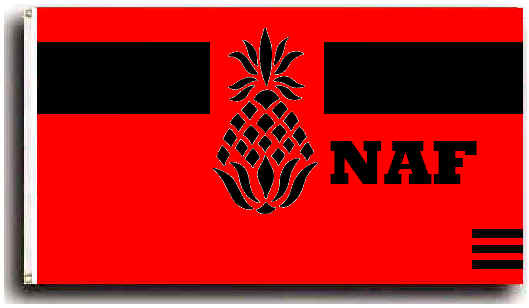 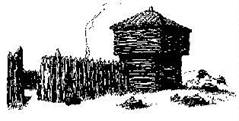
___________________________
Page
7.1
|